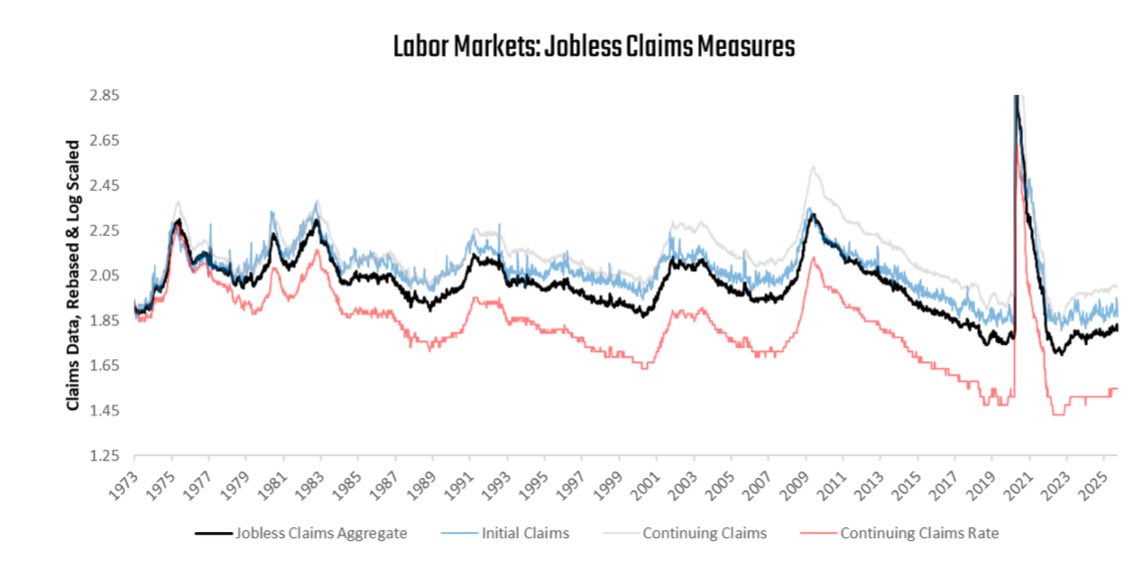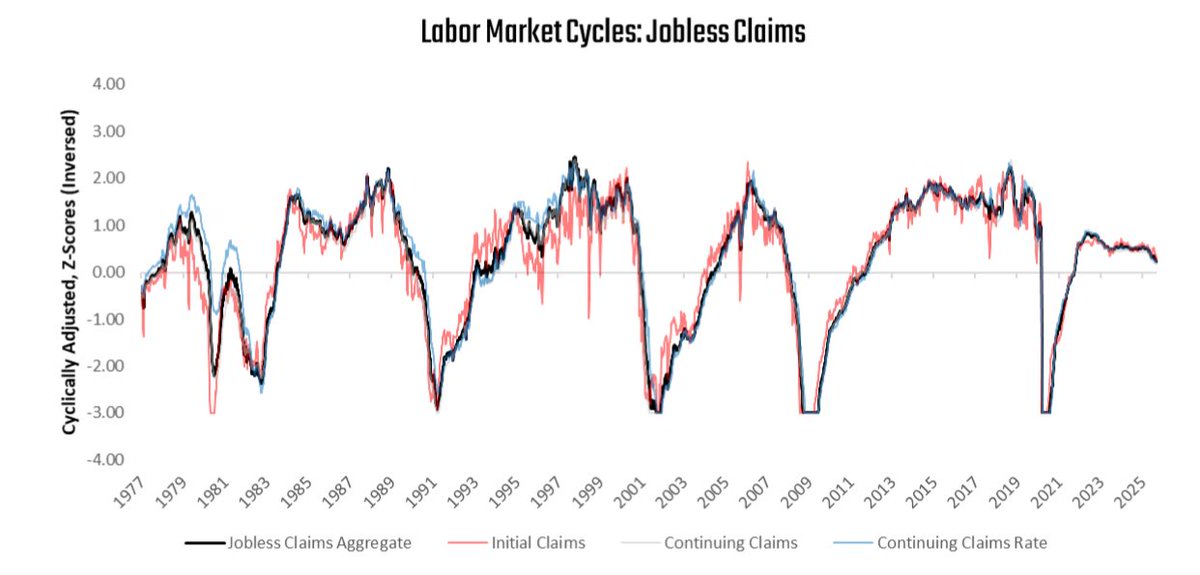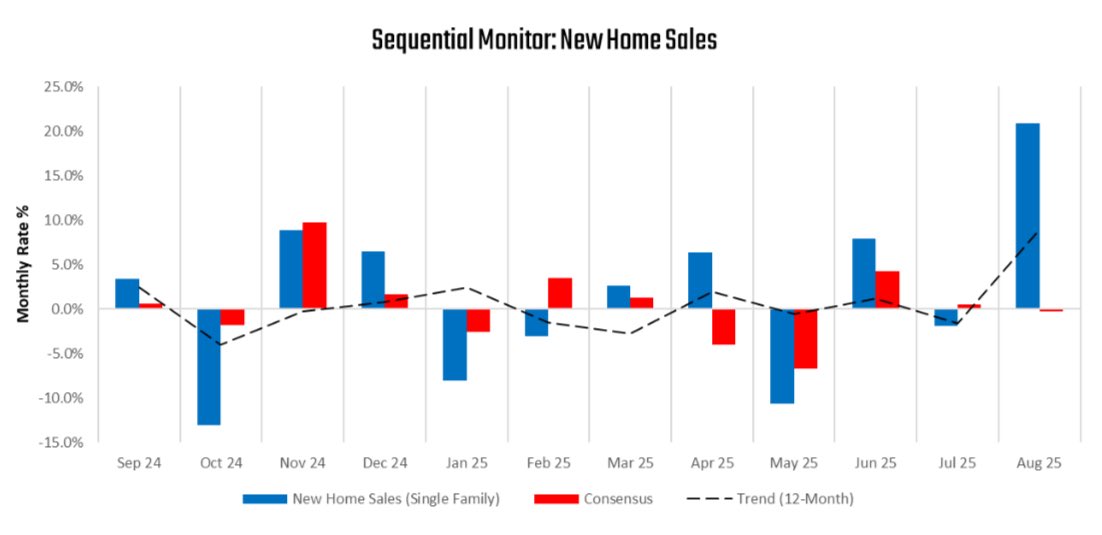1. Through April, our systems place Real GDP growth at 1.37% versus one year prior. Below, we show our monthly estimates of Real GDP relative to the official data: 

2. Below, we show the weighted contributions to the most recent one-month change in real GDP, along with the recent history of month-on-month GDP. Additionally, we show the contribution by sector to monthly GDP in the table below. 

3. April saw an improvement in investment activity, contributing significantly to GDP data. Combined with our inflation estimates, this place nominal GDP at 5.31% versus one year prior: 

4. Overall, this picture does not look like one where inflationary pressures have cooled adequately for the Fed to begin the easing of monetary policy.
5. Against this backdrop, markets continue to be indecisive about their pricing of nominal growth conditions, which remain roughly unchanged (though somewhat recomposed, with a bias towards higher real growth vs. inflation). 

6. This contextual understanding is extremely important for bonds. Especially, following the mixed reading we are getting from the bond trend factors (across both, the weekly asset class signal as well as the daily ETF signals). 



7. Markets continue to discount aggressive monetary policy easing by the Federal Reserve— only to be disappointed as data emerges to suggest this is unlikely. This sustained pattern in markets continues to create mixed trend readings in bonds.
8. The next likely sustained trend in bonds (if any) will be when bond market discounting aligns with the fundamental economic picture.
9. Said differently, the next sustained trend in bonds is likely to be if we begin to see recessionary conditions that force the Federal Reserve to cut interest rates more than currently discounted.
However, it doesn’t look like we will get there in the very near term.
#bonds
However, it doesn’t look like we will get there in the very near term.
#bonds
• • •
Missing some Tweet in this thread? You can try to
force a refresh


















